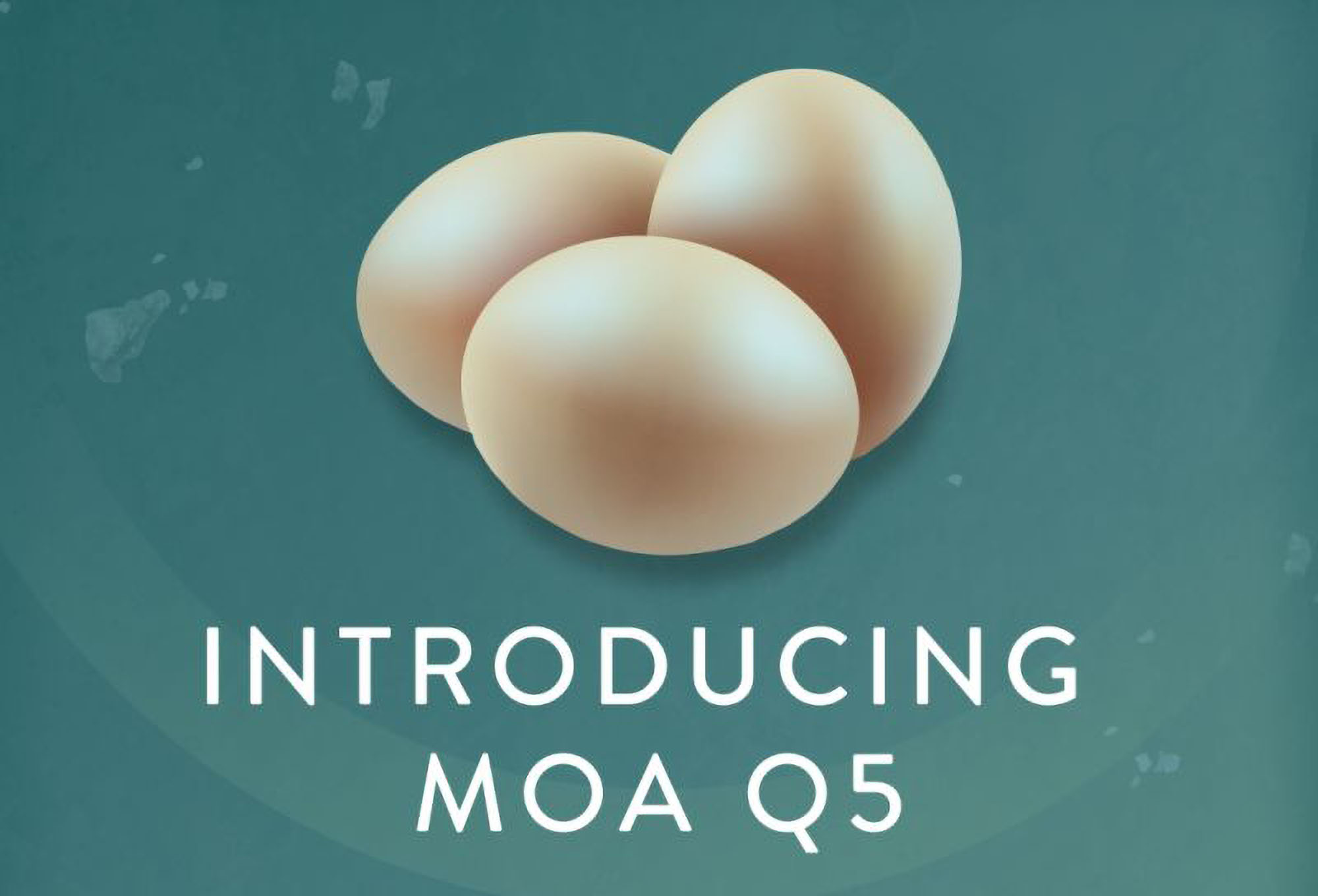

Chalmers researchers push 3D-printed hybrid foods toward mainstream acceptance
Researchers at Chalmers University of Technology said they were advancing new techniques to develop 3D-printed hybrid foods that combine plant-based proteins with aquatic, dairy and fermentation-derived alternatives. The work formed part of a broader effort to create sustainable foods with improved taste, texture and nutritional value, offering consumers more appealing options as the food sector looks to reduce its environmental footprint.
With food production accounting for an estimated 25-30% of global greenhouse gas emissions, the research team said hybrid foods could help ease the shift from conventional animal-based diets toward more sustainable patterns of consumption. Rather than relying solely on plant-based meat analogues, the hybrid approach allows different protein sources to complement or enhance one another, creating products that may appeal to consumers who have been hesitant to adopt vegetarian alternatives.
Mehdi Abdollahi, Associate Professor of Food & Nutrition Science at Chalmers, said the challenge was not simply to replace meat but to create products that deliver the structure, flavor and eating experience people expect. “Plant-based alternatives to meat and seafood generally lack the structure and mouthfeel found in meat products. By embracing the flexibility offered by multi-material 3D printing, our aim is to purposefully combine various alternatives and engineer customized hybrid foods pixel by pixel which could make consumers who are sceptical to vegetarian alternatives more inclined to choose them,” he said.
He added that the research generated insights that could guide the food industry on how various protein sources interact, either complementing one another or producing synergistic effects. These findings, he said, were intended to help companies design more convincing alternatives that meet nutritional and sensory expectations.
The team explored several technological approaches, including high moisture extrusion, a process in which protein materials are texturized under high pressure, elevated temperatures and shear forces to create muscle-like structures. Abdollahi said this method was widely used in industry to produce plant-based meat analogues but was now being adapted by his group to develop hybrid products that were intended to be more appealing to consumers. “High moisture extrusion is industrially used for the development of meat analogues, but our group is trying to adapt the technology for development of hybrid foods which are more appealing,” he said.
A key development in the project was the integration of extrusion with 3D printing. Supported by funding from the Västra Götaland Region and Formas, the research group designed a machine that combines both technologies to provide more precise control over structure and composition. This custom-built system allows researchers to switch materials from one layer to the next, producing food structures with greater complexity and fine-tuned textural qualities.
“3D printing food offers us great flexibility and control over the final product by allowing us to work layer by layer. We can change the base material for each layer, enabling precise control over the structure’s development. Our new custom-made 3D printer allows us to incorporate more components than before, unlocking even greater possibilities,” Abdollahi said.
The group said this combination of techniques enabled them to build more realistic protein structures and experiment more effectively with ingredient interactions. By blending plant-based components with proteins from fermentation, dairy or aquatic sources, the team aimed to overcome some of the most common shortcomings of meat alternatives, including limited juiciness, weak structure and less satisfying mouthfeel.
The researchers also emphasized that hybrid foods offered a way for consumers to adopt more sustainable habits incrementally rather than making abrupt shifts away from animal-based foods. They said this approach could help broaden acceptance among individuals who wanted to reduce their environmental impact but still valued familiar texture and flavor characteristics.
According to the research team, the long-term aim was to supply industry with detailed, practical knowledge that could support commercial product development. This included understanding how different processing conditions affect protein behavior and how ingredients could be combined to deliver a consistent eating experience.
While the project remained in the research phase, Chalmers said the growing sophistication of food printing technologies and increasing interest in alternative protein solutions suggested strong potential for future applications. The work formed part of a wider effort within the university to explore how technology, nutrition science and sustainability could converge to create foods that meet both consumer expectations and environmental goals.
For Abdollahi and his colleagues, the next steps involve refining the hybrid formulations, expanding the range of tested ingredients and continuing to explore how 3D printing and extrusion can be combined to replicate the complexity of animal-based foods. The team said its work aimed to support a future in which sustainable choices were easier, more appealing and more aligned with everyday eating habits.
If you have any questions or would like to get in touch with us, please email info@futureofproteinproduction.com






